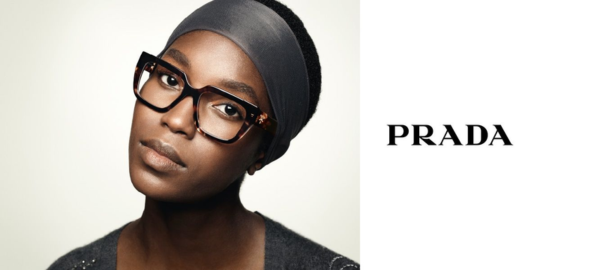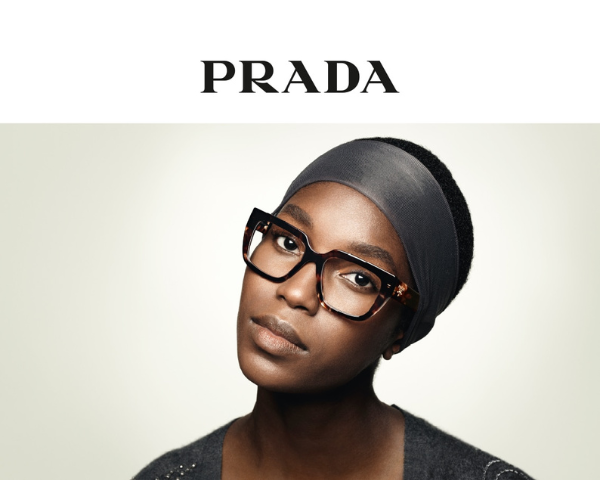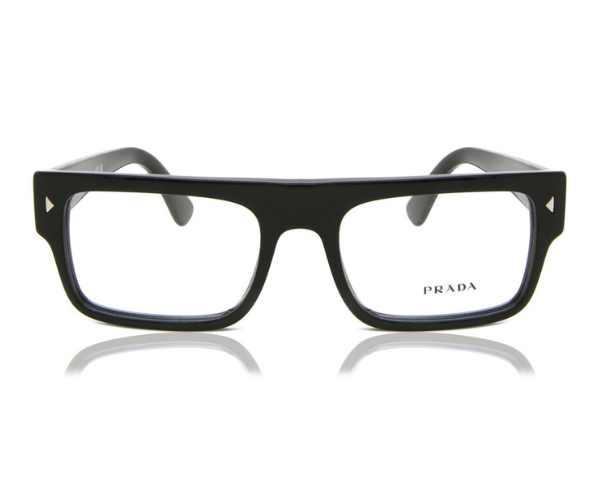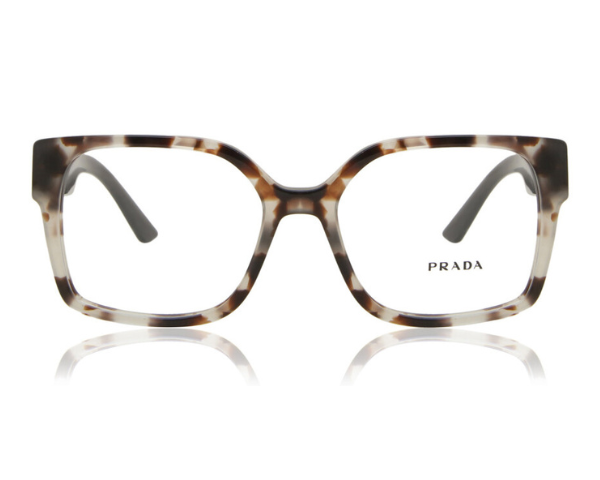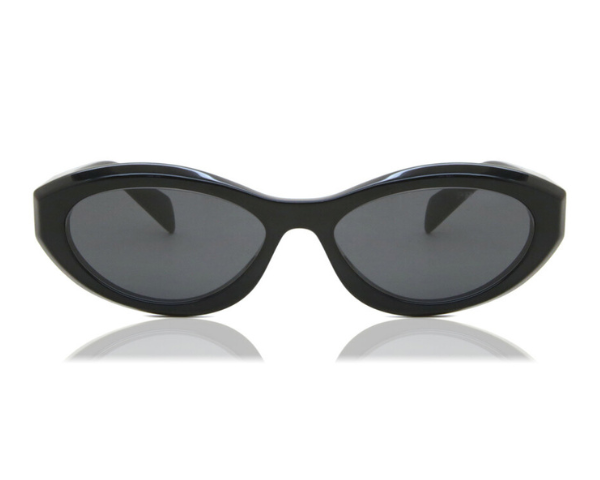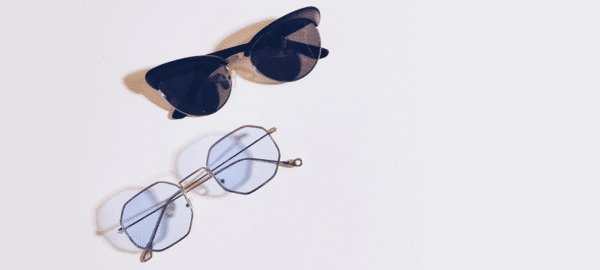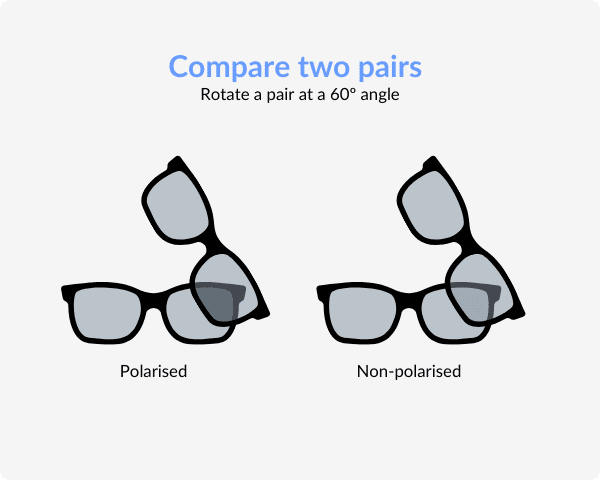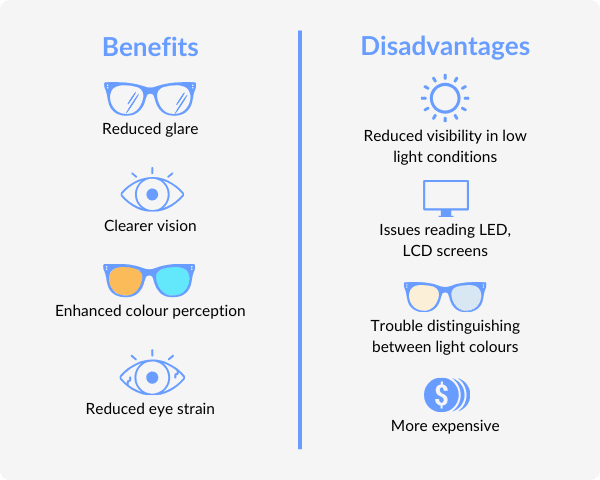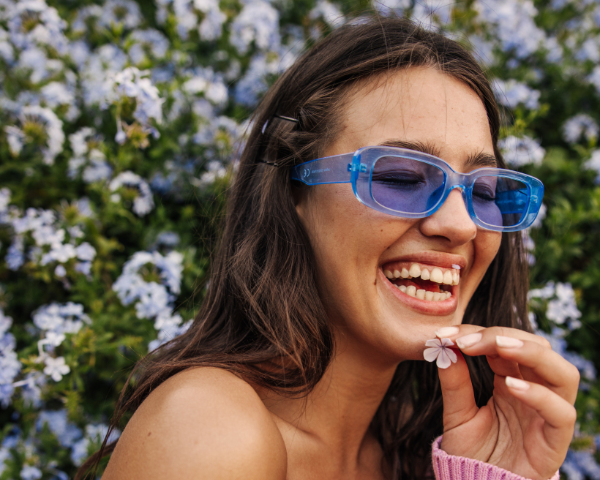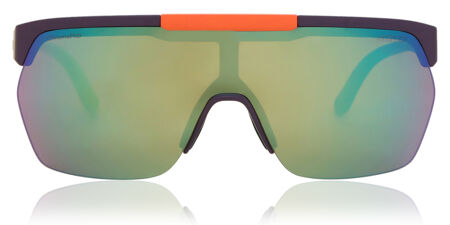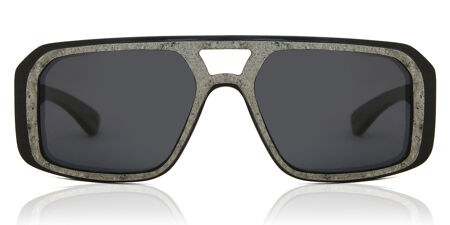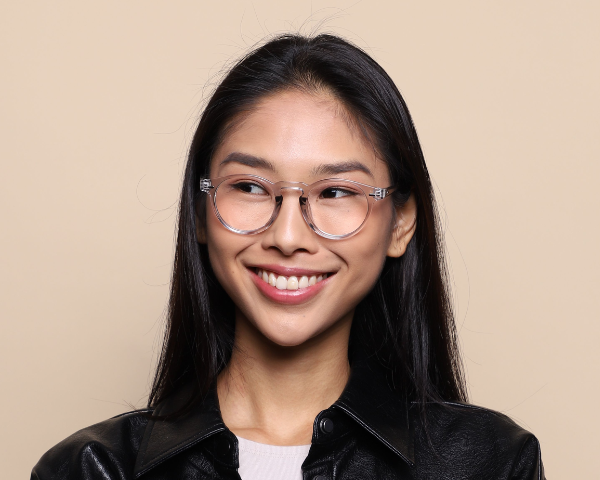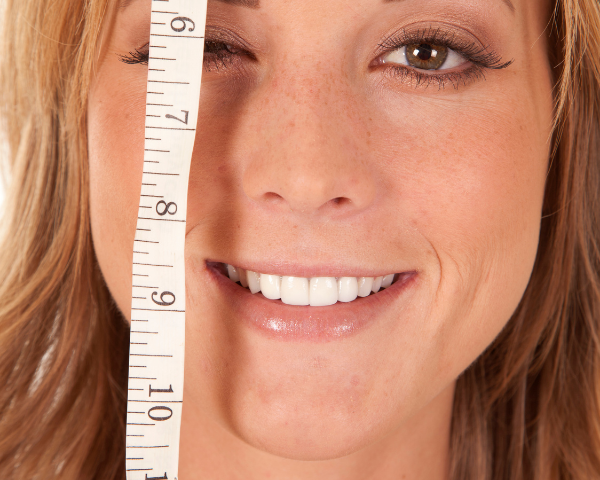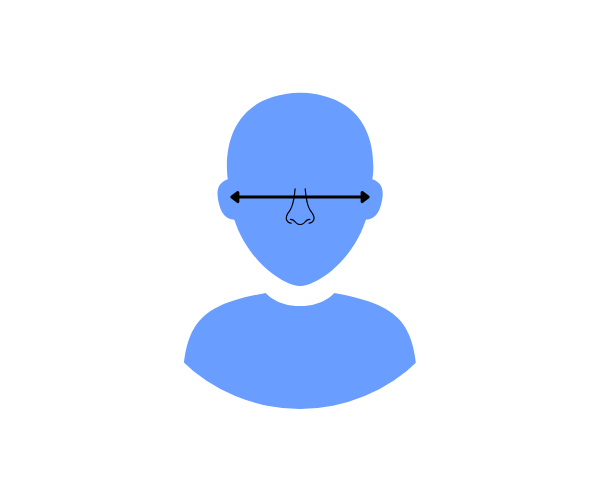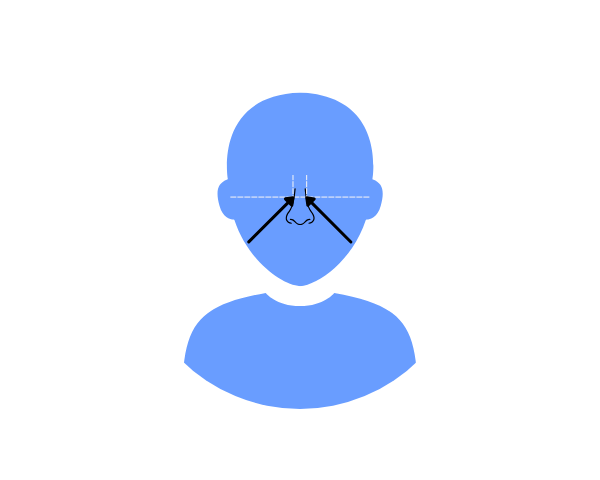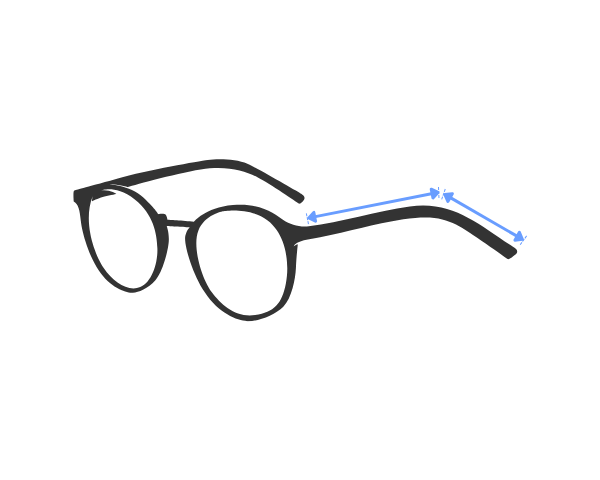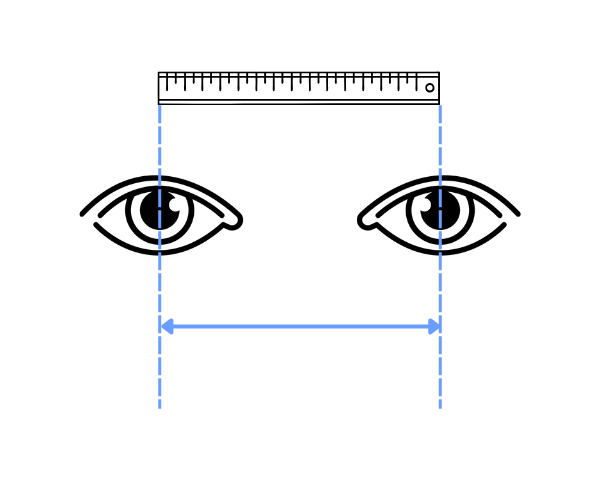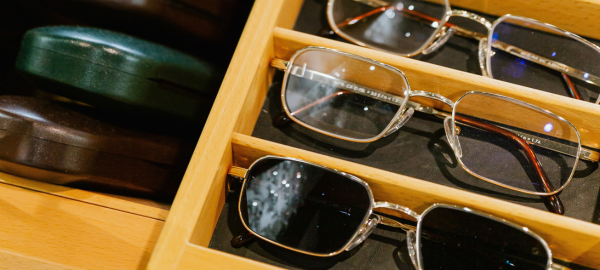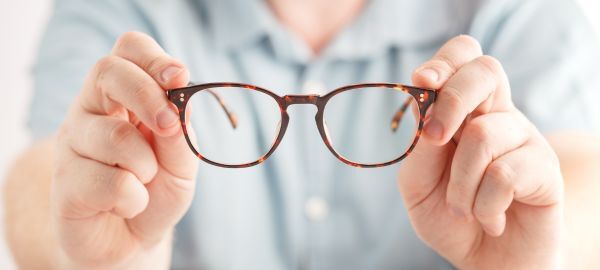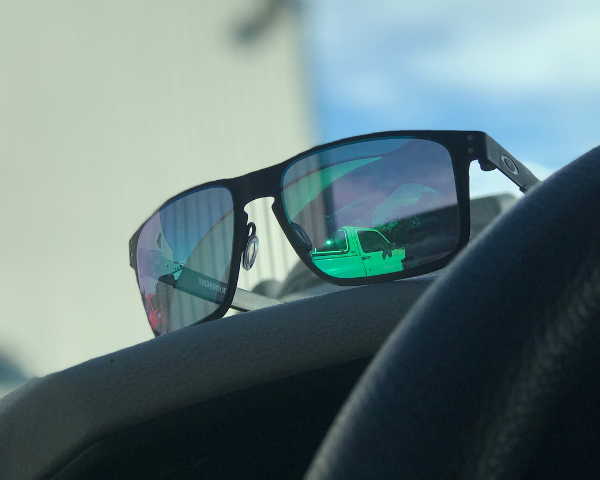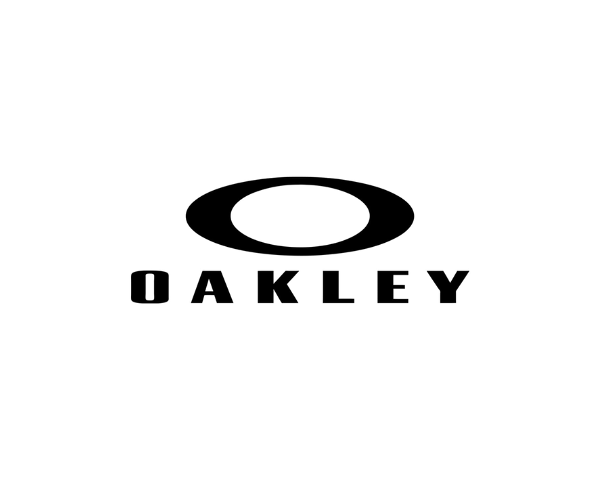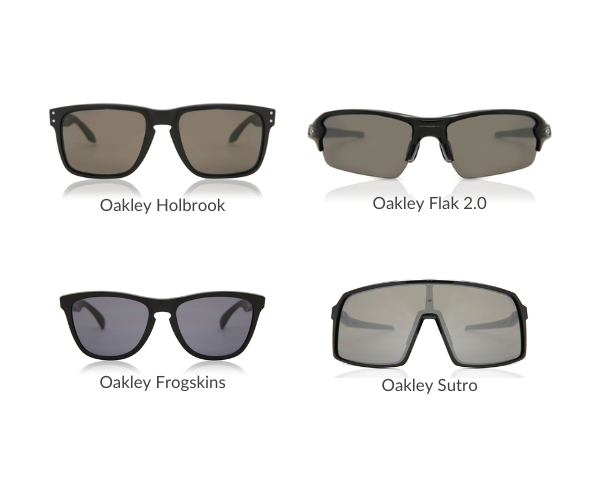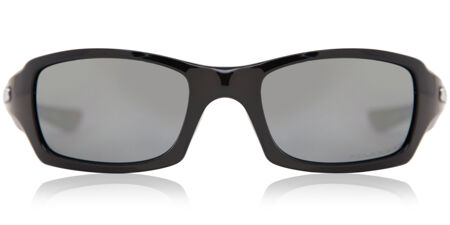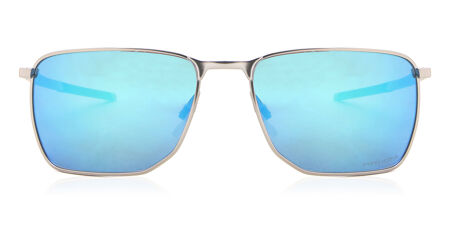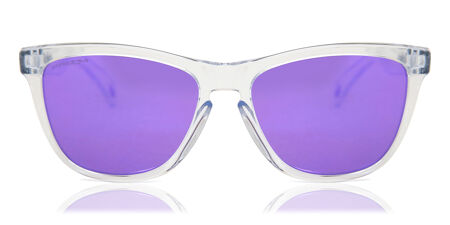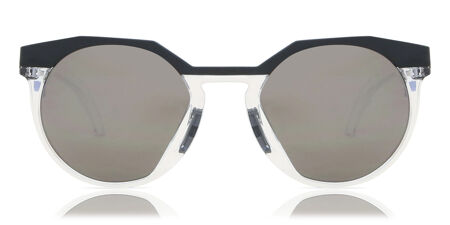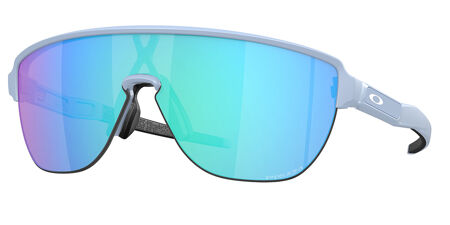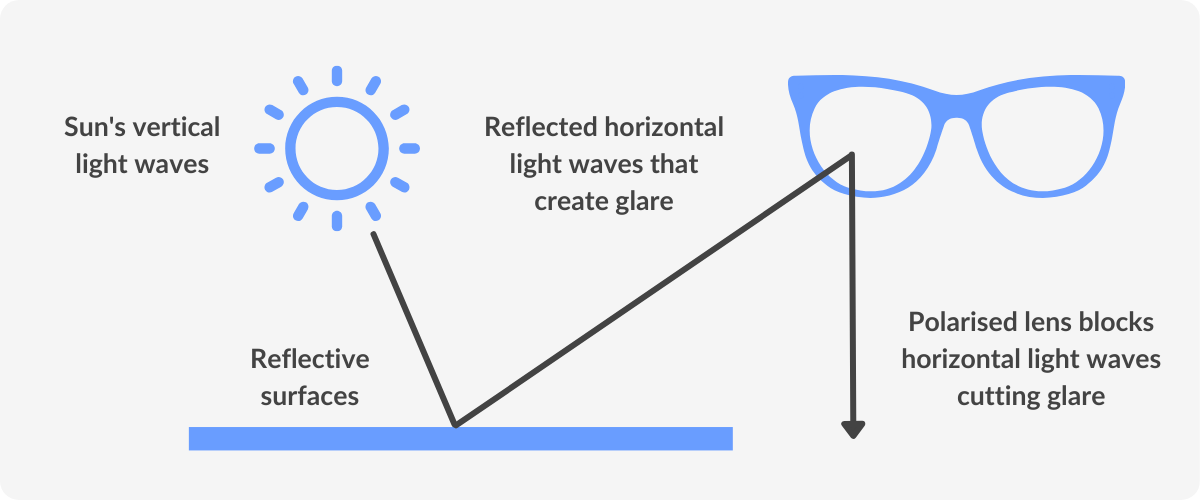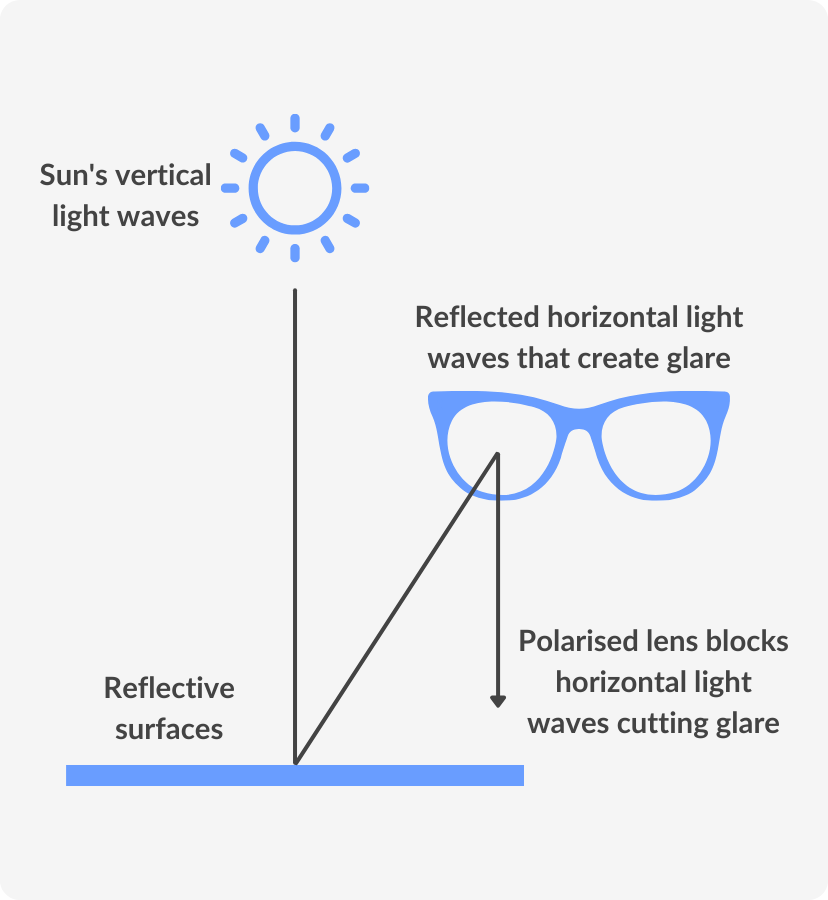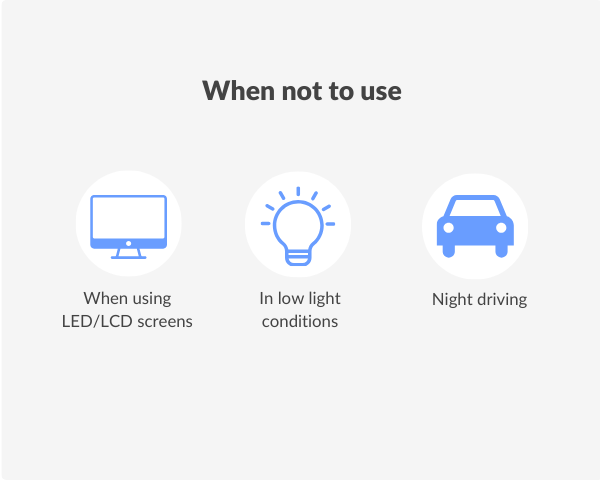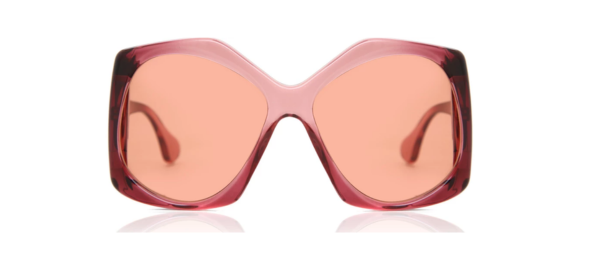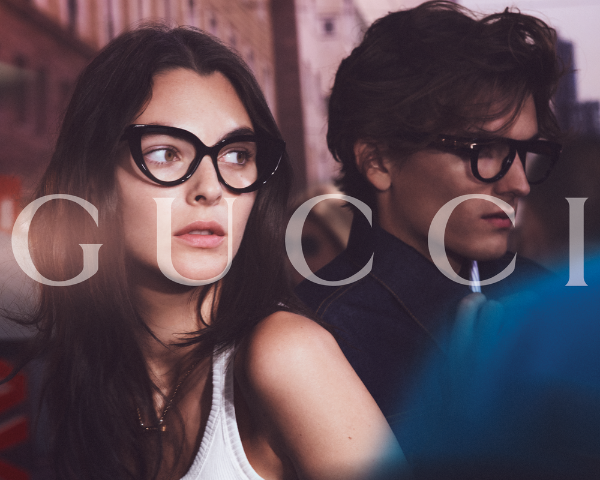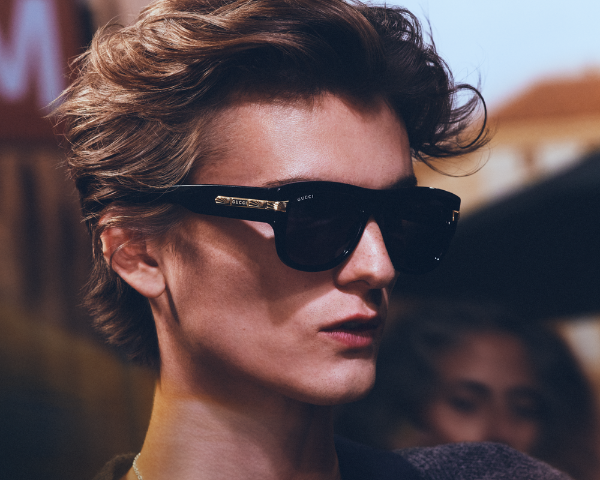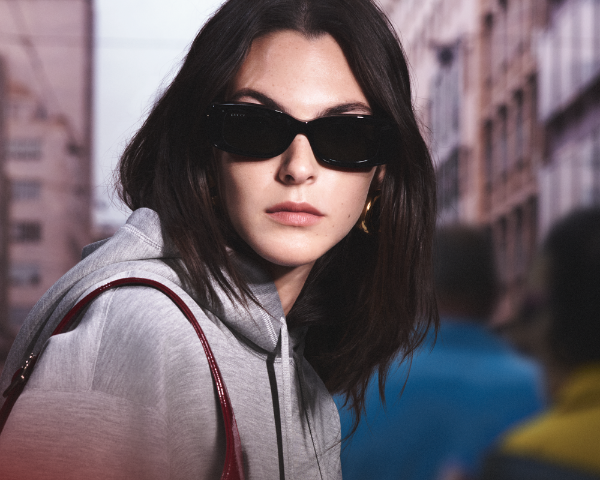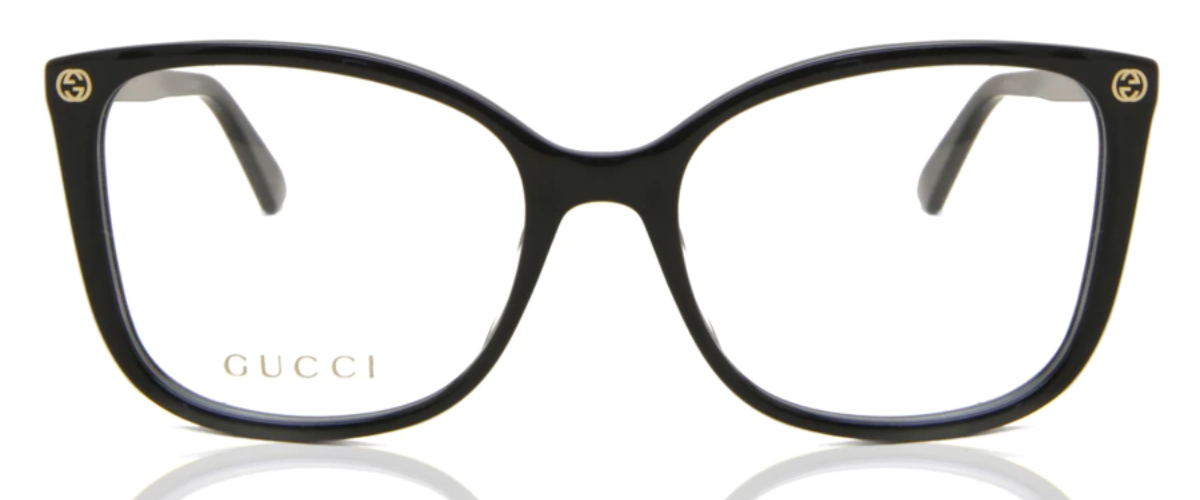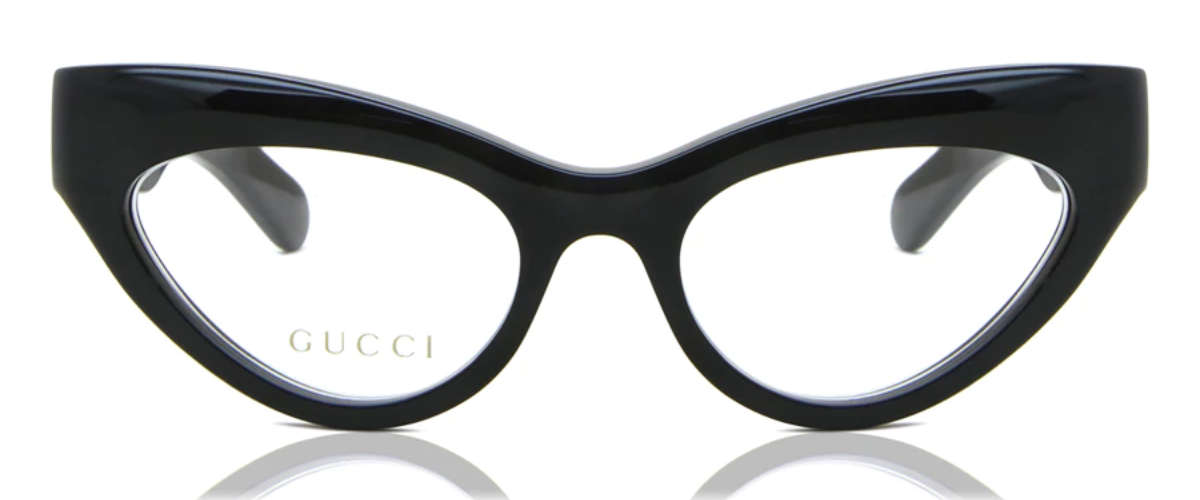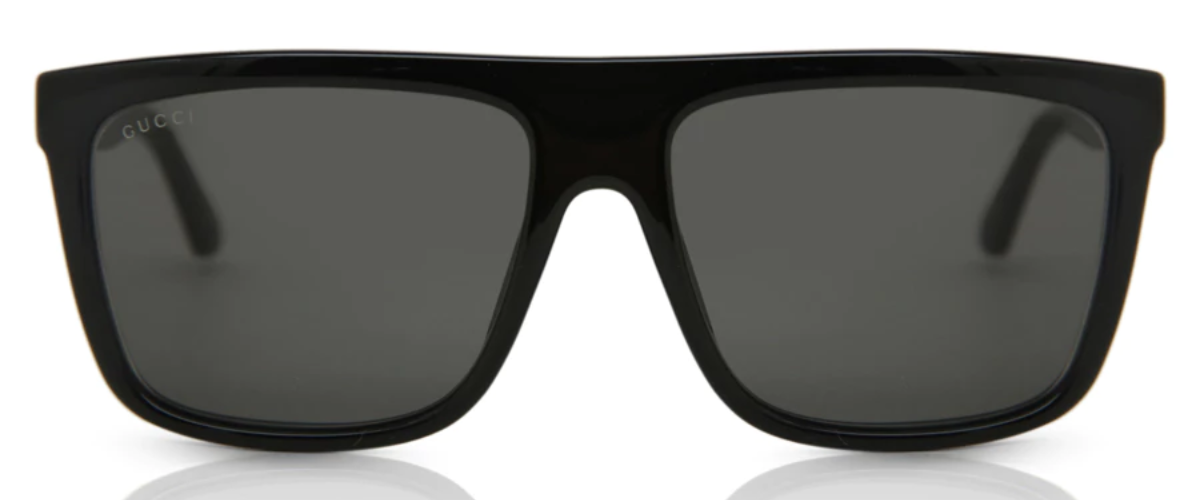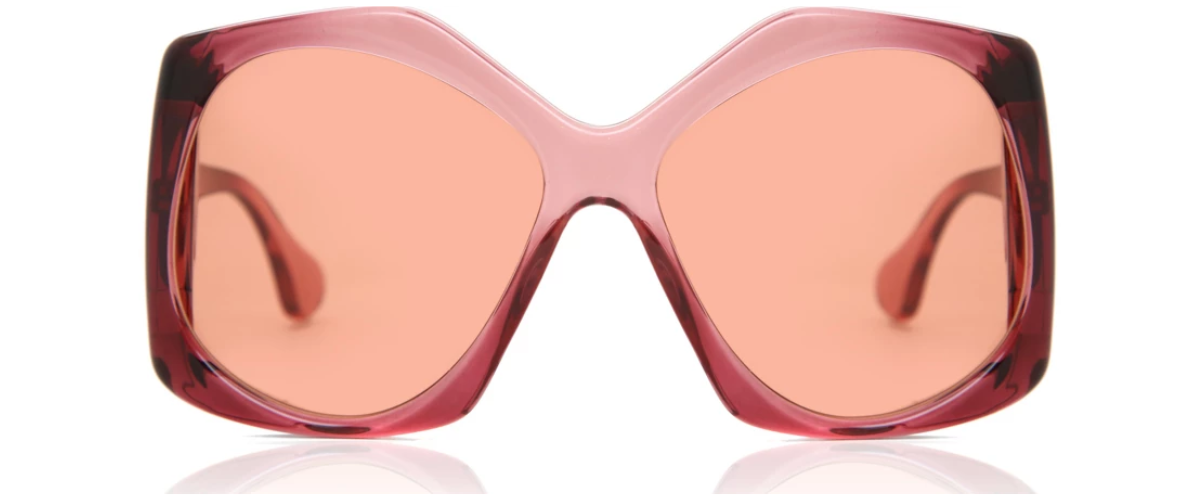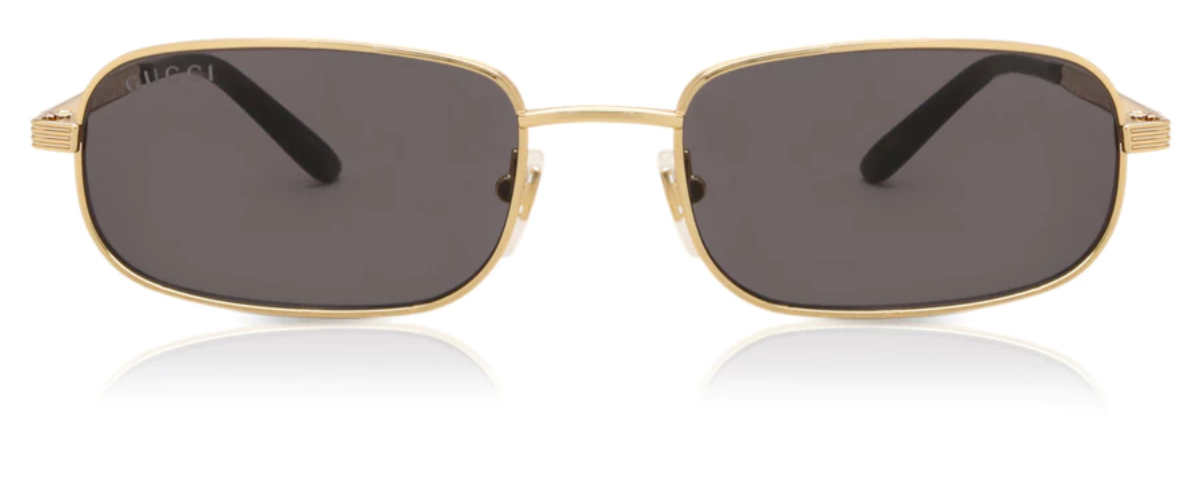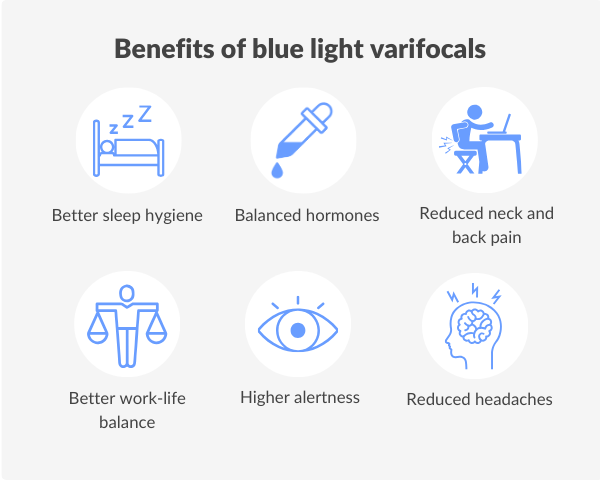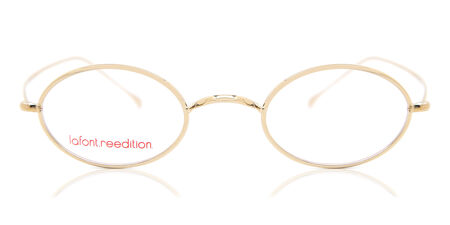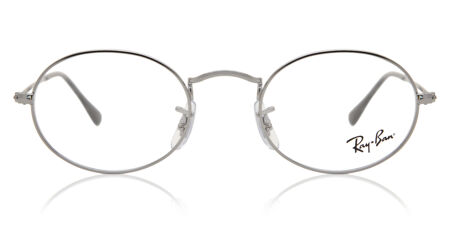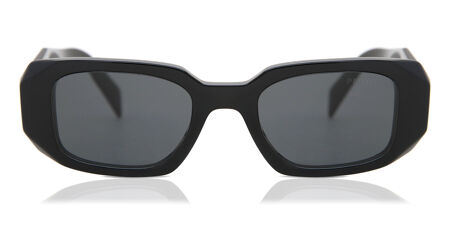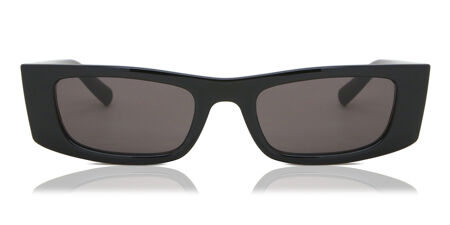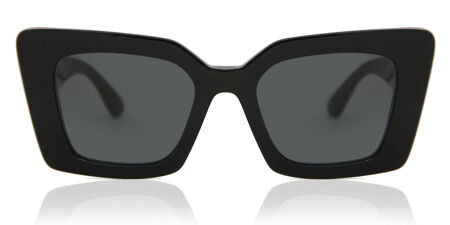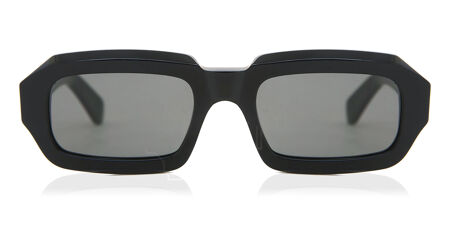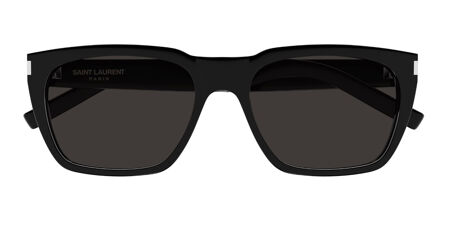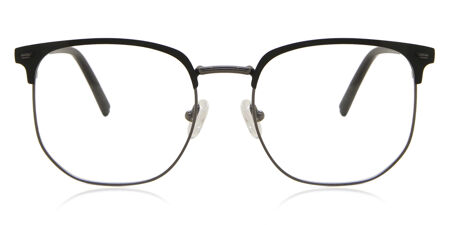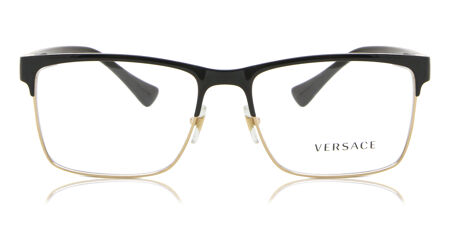When Are Polarised Sunglasses Most Useful?

Reviewed by
Maria Horan
You’ve most likely encountered the buzz surrounding polarised sunglasses, and maybe you’ve wondered how they’re different from standard sunglasses? This article simplifies the concept of polarisation, making it easier for you to understand its practicality.
Polarisation refers to the process of filtering light waves to selectively block all orientations of light. In simpler terms, it’s like putting a filter on light to reduce glare and improve visibility which is beneficial for a range of outdoor activities.
Understanding how polarised lenses work
Understanding polarised lenses starts with comprehending the basic idea that light behaves like an electromagnetic wave.
As light moves, its wave-like motion can be lined up either vertically or horizontally. Polarisation involves the direction in which these waves move compared to the path of the light.
Polarised lenses, used in polarised sunglasses, work thanks to a special chemical coating that acts as a filter. This filter reduces glare by selectively blocking horizontal light waves that reflect off horizontal surfaces like water, roads, or car hoods.
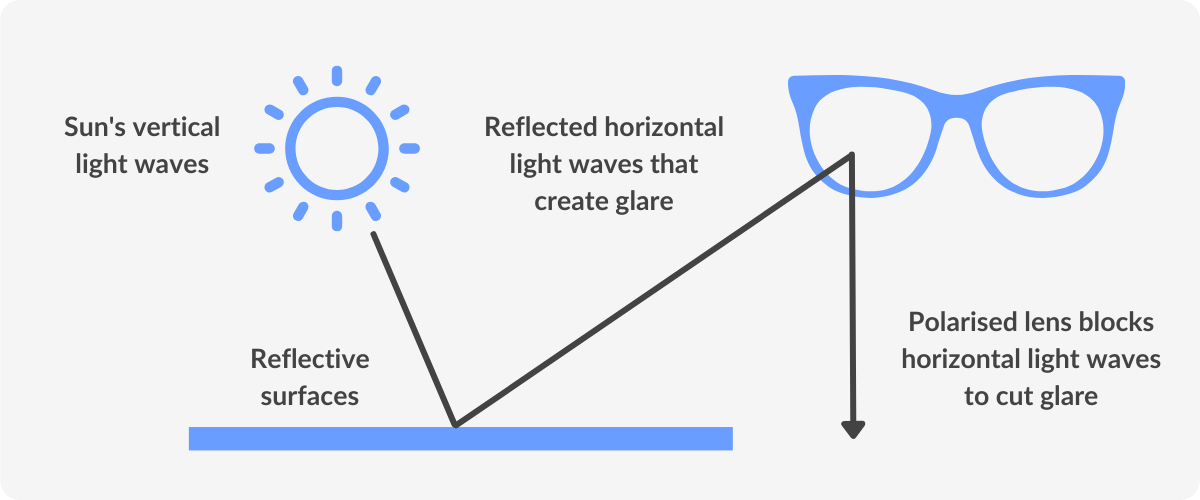
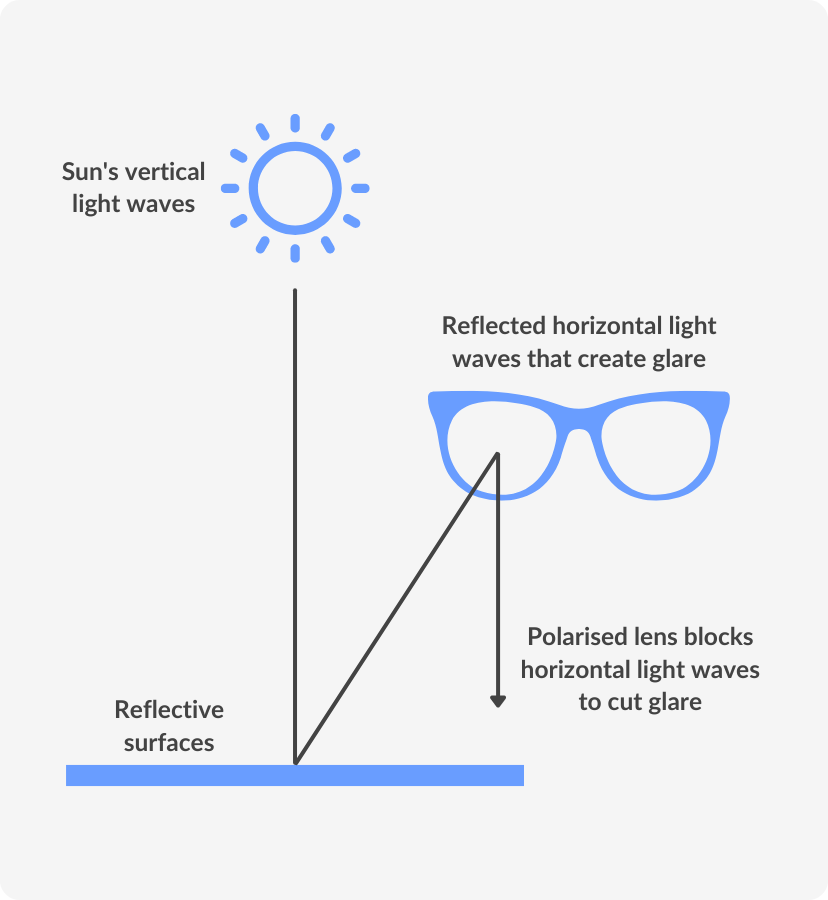
When light scatters or reflects off these surfaces, it creates intense glare, causing eye strain and reducing visual comfort. By blocking this reflected light, polarised sunglasses enhance visual clarity and depth perception, allowing wearers to see natural colors and increased contrast.
Unlike non-polarised sunglasses, which merely darken the overall brightness, wearing polarised sunglasses offers several advantages, especially when exposed to harsh light conditions.
DID YOU KNOW?
Polarised sunglasses were originally developed in the 1930 by Edwin H.Land, the founder of the Polaroid Corporation.
He invented them as a solution to reduce glare for photographers, but they soon became popular as fashion accessories and for outdoor enthusiasts due to their practical benefits (Azzam 2011).
What are the benefits of polarised sunglasses?
The benefits of polarised sunglasses make them an invaluable accessory for anyone spending time outdoors. The benefits of polarised sunglasses are as follows.
Reduced glare
Polarised glasses reduce glare, allowing you to focus on what you’re doing and enjoy your surroundings without having to squint.
Improved visual comfort
Wearing polarised lenses can also have a noticeable improvement in your overall visual experience as they have a dimming effect, giving you clearer vision.
Reduced eye strain
Polarised lenses greatly cut down on exposure to the glare and eye strain meaning your eyes feel less tired and sore. By shielding your eyes from these harsh elements, polarised sunglasses offer a more relaxed and comfortable viewing experience, allowing you to enjoy extended periods outdoors with ease and clarity.
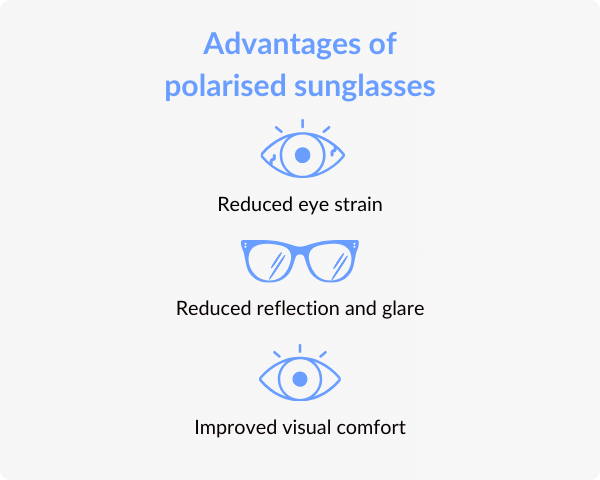
What are the downsides of polarised sunglasses?
While polarised sunglasses offer significant advantages, it’s important to consider their potential drawbacks as well. These could include:
Reduced visibility on LCD (liquid crystal display) screens
Polarised lenses greatly cut down on exposure to the glare and eye strain meaning your eyes feel less tired and sore.
By shielding your eyes from these harsh elements, polarised sunglasses offer a more relaxed and comfortable viewing experience, allowing you to enjoy extended periods outdoors with ease and clarity.
Reduced depth perception
Polarised lenses are great at blocking glare from horizontal surfaces, but they can make it harder for some people to judge distances.
Depth perception, which helps us understand how far away things are, depends on our brain picking up on tiny differences in light and shadows.
When polarised sunglasses block out certain types of light, it can change how our brain interprets these cues, making it a bit trickier to judge distances for some individuals.
When should you wear polarised sunglasses?
So now you may be wondering, when are polarised sunglasses most useful? Polarised sunglasses are an ideal choice for you in the following situations:
Daytime driving
When driving, the sun’s rays reflect off many surfaces,including roads and other vehicles.
Whenever you wear polarised sunglasses the specifically designed lenses block the bright light from entering your eyes, reducing eye glare and enhancing visibility for a safer driving experience.
Fishing
In water-related activities, polarised lenses have the ability to essentially reduce glare that is coming from multiple directions whether that is the water or sun.
This enhanced glare reduction not only improves visibility but also allows you to better spot obstacles and fish beneath the water’s surface, making your aquatic adventures safer and more enjoyable.
Snow sports
White snow can produce blinding glare, which polarised lenses handily eliminate. However, glare can actually be useful for skiers as it allows them to spot potentially dangerous icy patches on the slopes.
For skiing purposes, incorporating a polarised lens with a mirror coating on the front surface is a better option as it can significantly enhance comfort while addressing those visibility concerns.
Beach activities
Wearing polarised lenses is ideal if you are simply sunbathing or in the sun as they can make beach outings more comfortable by minimising the glare from sand and water, allowing for uninterrupted enjoyment of the sun and surf.
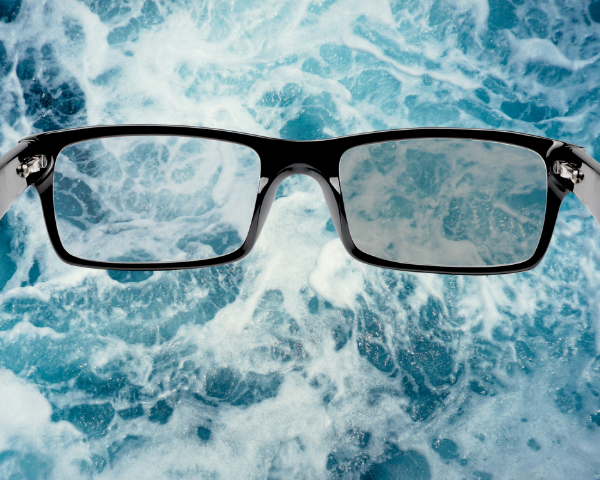
Do polarised sunglasses offer UV protection?
Sunglasses play an important role in protecting our eyes, and whether you wear polarised or non-polarised sunglasses, it is essential to know if they offer protection against harmful UV rays.
Prolonged exposure to UV rays can lead to irreversible consequences for your eyes, so having UV protection is essential when choosing your sunglasses.
Many – but not all — polarised sunglasses offer UVA and UVB protection. In order to take care of your vision in the best way possible, always check the specifications when purchasing a pair of sunglasses, polarised or otherwise.
Whether driving, fishing, participating in outdoor sports, or simply enjoying a day at the beach, polarised sunglasses offer enhanced visual clarity and comfort by reducing glare and – often – providing UV protection.
Their versatility and effectiveness make them an invaluable accessory for anyone seeking to protect their eyes and optimize their vision in bright outdoor environments.
If you’ve got questions about polarised lenses, or anything related to eyecare and eyewear, you can speak to one of our certified opticians via the link at the top of the page.
References
Azzam, R. M. A. The intertwined history of polarimetry and ellipsometry. (2011) Thin Solid Films 519, no. 9, pp. 2584-2588.
Related articles








































